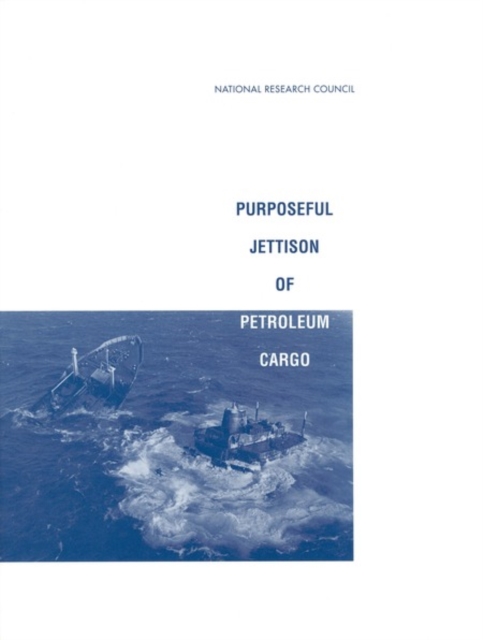

He outlined how these models work, the types of models available, factors that limit model accuracy, how models are used, the technology available to support models, and needed improvements.

Jerry Galt, a physical oceanographer at the National Oceanic and Atmospheric Administration (NOAA), described oil spill trajectory modeling. Engelhardt said the spill size influence should be analyzed in depth based on the global record for marine spills, perhaps using a proposed marine oil spill scale similar to the Richter scale for earthquakes. Thus, large spills do not necessarily have greater potential for environmental impact than do smaller spills. These variables interact to drive weathering rates and persistence, spread of the spill, direction of slick movement, effectiveness of response measures, size of the impact zone, extent and duration of biological effect, and degree and rate of recovery. Variables that can influence risk include characteristics of the oil, physical environmental conditions, containment and recovery measures, geology of the impact zones, toxicological sensitivity of vulnerable species, and ecological characteristics of vulnerable areas. Engelhardt, vice president for research and development for the Marine Spill Response Corporation, discussed environmental risk as a function of oil spill size. Nonetheless, in cases where tugs cannot refloat a tanker and lightering is not possible, it may be "better to jettison and accept that sometimes sacrifice is necessary for the common good," Ellis said.į.R. Salvors are concerned about the environment and want official approval to jettison.ĭischarge of valuable oil cargo means a reduction in the salved values and perhaps in the salvage award.Ĭircumstances of groundings rarely support a clear-cut decision to jettison. The vessel eventually was lost.Īccording to Ellis, salvors are reluctant to jettison even when it may be more expedient than waiting for proper equipment and weather to lighten the ship. After the Argo Merchant ran aground on Nantucket Shoals in 1976, jettisoning was suggested but rejected. When the Arrow grounded off Nova Scotia in 1970, jettisoning was authorized, but part of the vessel sank before action could be taken. The case is notorious, Ellis said, because such drastic action now appears to have been unnecessary. After grounding off Puerto Rico in 1973, some 5,000 tons of crude oil were jettisoned and the ship was refloated. The only purposeful jettison of oil cargo identified in recent years was from the Zoe Colocotronis.

Successful salvage of the remainder, have been identified in the last thirty years or so, although tankers often are lightened for refloating. In developing its analysis, conclusions, and recommendations, the committee received some input from sources other than the papers and discussion in symposium. The third section presents the conclusions and recommendations the committee derived from its analysis. The second section of the report outlines the committee's analysis of the major issues emerging from the symposium. The first is a summary of the symposium proceedings, including presented papers, audience question-and-answer sessions with the speakers, and two panel discussions that focused on jettisoning as an option for response to an accident scenario. Make recommendations concerning the feasibility of developing guidelines for deciding whether to discharge oil intentionally, including consideration of other options.

law concerning intentional discharges of petroleum cargoes to save ships and prevent the loss of larger amounts of cargo.Ĭonsider the implications of advances in oil spill contingency planning, environmental data acquisition, and spill trajectory forecasting, especially how such advances might be harnessed in making time-critical operational decisions about stranded tankers. Their purposes were to:Īssess the significance of the jettison issue and its implications for shipping and marine environmental protection.ĭocument the need to clarify U.S. Participants represented federal and state agencies and the fields of marine environmental protection, salvage, vessel operations, admiralty law, and marine insurance. The Symposium on the Purposeful Jettison of Petroleum Cargo was convened on February 23, 1993, by the Committee on Marine Salvage Issues of the National Research Council, as the first phase of the committee's assessment of marine salvage in the United States.


 0 kommentar(er)
0 kommentar(er)
